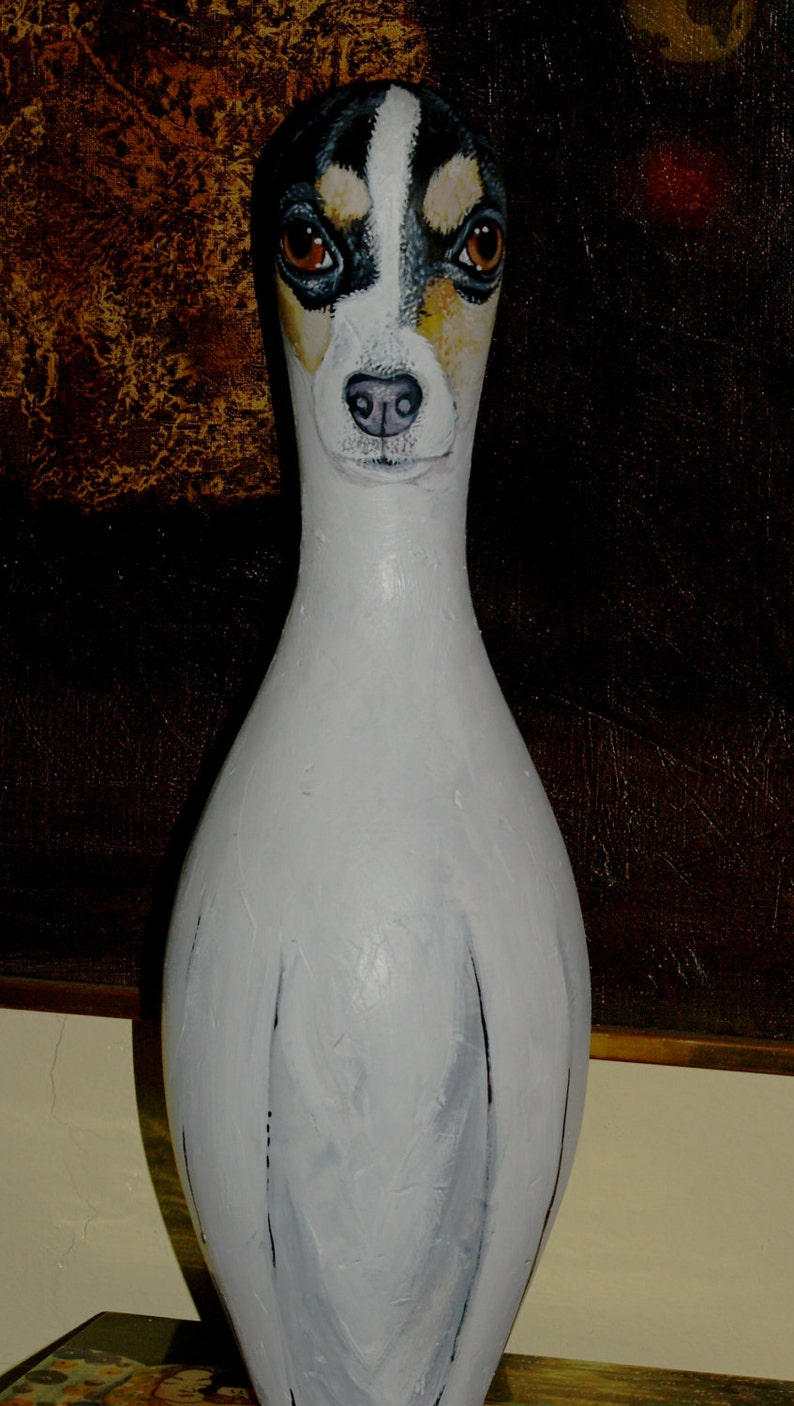

Each aircraft adorned with a pin-up girl had a nickname accompanying it, Memphis Belle, Flamin Mamie and Butterfly Baby just to name a few. Perhaps the most iconic style of nose art is that of the pin-up.

The B-29 Bockscar, Fat Man bomb markers were later added under the canopy () The Ruptured Duck, a Mitchell B-25, had suffered minor tail damage during a training exercise, this was remembered with the image of Donald Duck on crutches wearing a headset painted onto the nose of the plane. Some were named after events in the aircraft’s service like the Ruptured Duck from the Doolittle raids on Tokyo. Many aircraft took on the nickname of their pilots such as the B-29 Bockscar, of Nagasaki fame, named after its pilot Captain Frederick C. The bomber fleets of the United States Army Air Force were representative of flying art galleries, presenting a plethora of different nose art styles and themes.Ĭartoons and popular characters were often used as the basis for particular decorations. The Flying Tigers use of shark teeth is perhaps the most recognisable piece of nose art to be displayed on fighter aircraft during this conflict.Ī P-40, from No.112 Squadron RAF, in the North African Desert (IWM)īombers presented a bigger canvas to any would-be military artist. This was copied again by the First American Volunteer group, the Flying Tigers, in China. Having duelled in the skies above Crete with the ‘shark mouthed’ German fighters, the members of No.112 Squadron RAF copied the shark tooth smile onto their new Curtiss P40s in North Africa. The Shark tooth design made its first appearance in this conflict on the nose of Luftwaffe Bf 110s. Generally considered as the golden age of nose art, WWII gave rise to the most popular and well known images of nose art. This particular design has proved to be a popular decoration with fighter aircraft. The first true piece of nose art, rather than body, tail or paint schemes, was the iconic shark teeth design first seen on a Sopwith Dolphin and German Roland CIIs.

This produced the Hat in the Ring of the 94 th Aero Squadron and the Kicking Mule of the 95 th. The Chief of the Air Service for the American Expeditionary Force, Brigadier General Benjamin Foulois, issued a mandate in 1918 ordering the creation of distinct and identifiable unit insignia. The Cavallino Rampante on Francesco Baracca's aircraft (finnit.reiga)ĭifferent markings clearly visible on aircraft from the Flying Circus (Hulton Deutsch Collection)Īrtwork became a well-practised way of distinguishing different units. The Flying Circus, officially Jagdgeschwader 1(Fighter Wing), was so called as its relative mobility was like that of a travelling circus and many of its aircraft were brightly coloured, including Von Richthofen’s iconic bright red fighter. The Imperial German forces famously had Baron Von Richthofen and his Flying Circus. During WWI decorative colours became a popular way of disguising ‘ace’ units. One such example was the prancing black horse, Cavallino Rampante, painted onto the body of the Italian ace Francesco Baracca, which later inspired the Ferrari logo. Italian pilots regularly adorned their war planes with distinctive markings.

The first reported use of any sort of art on an aircraft was in 1913 when an Italian boat plane was seen sporting a sea monster on its fuselage. But where did it start and how did it develop? The beginnings of nose art Unlike official markings and paint schemes, nose art is a departure from the norm and a flickering glimpse of individuality shared amongst air and ground crews. Nose art has gained a following of enthusiasts, fans and artists and remains a popular subject in military and folk art circles. Shark Mouth nose art design ()įrom WW1 lucky talismans to 'Let's Roll' on B-1s over Afghanistan - HARRY LAWSON presents a short history of aircraft nose art and looks at its rise in popularity up to its present day incarnations.


 0 kommentar(er)
0 kommentar(er)
